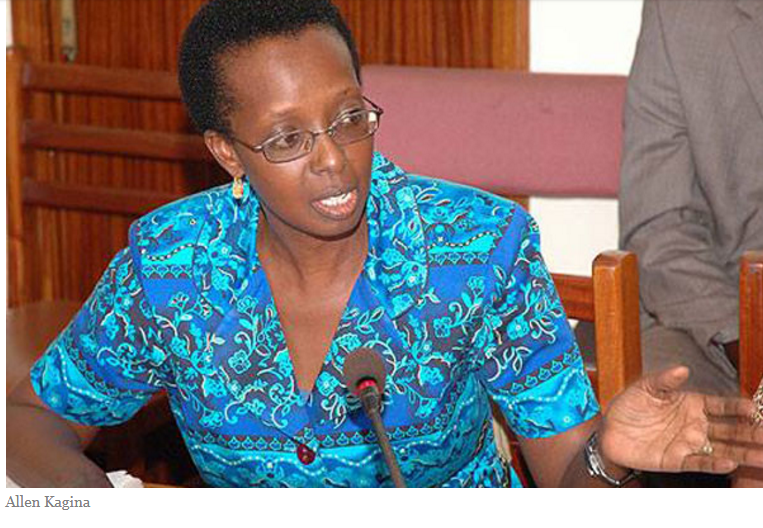Uganda National Roads Authority-UNRA has Thursday held a meeting with transporters in Kampala during a sensitisation program for the use of recently completed Ntungamo-Mirama Hills road and the One Stop Border Post at Kagitumba.
The 37 kilometer road passes through Sub counties of Ntungamo, Ruhaama, Rweikiniro and Ruhaama East, and connects Uganda to Rwanda at Mirama-Kagitumba, said UNRA’s Director of Communications, Mr Mark Ssali.
Today’s stakeholders’ meeting held at Rubaga based Pope Paul Memorial Centre also focused on how to better facilitate clearing services for trans-boundary traders, travellers and the residents of Ntungamo district.


According to reports, with the new Mirama-Kagitumba One Stop Border Post (OSBP), border control management has improved and clearing passengers and cargo is now faster. In the new system all agencies are housed under the same roof. One moves from one counter say of immigration to the next for Uganda Revenue Authority. Travellers entering Rwanda (from Uganda) move directly to the clearing offices on the Rwandan side.
The UK’s Department For International Development (DFID), through TradeMark East Africa, contributed 50 per cent of the cost; the rest of the funds came from Government of Uganda, through the Uganda National Roads Authority. The total cost of the road is approximately USD40m.
Making a cause for Kapchorwa-Suam road
Meanwhile, UNRA’s Executive Director Allen Kagina (pictured top) today also appeared before the Infrastructure Committee seeking approval of funding (Loan) for upgrading of Kapchorwa-Suam road. The 73 kilometer road which since coming to power in January 1986, President Museveni has been promising to upgrade connects Kapchorwa to Kween and Bukwo districts. It also connects Uganda to Kenya through Suam.
The bad road has extensively affected the farming business in Sebei region as transporters stay on the road for up to three days or more.
The state of the road is also hampering growth in the agricultural sector, as farmers in a region that is one of the highest producers of wheat, maize and potatoes cannot easily access the markets for their produce.











